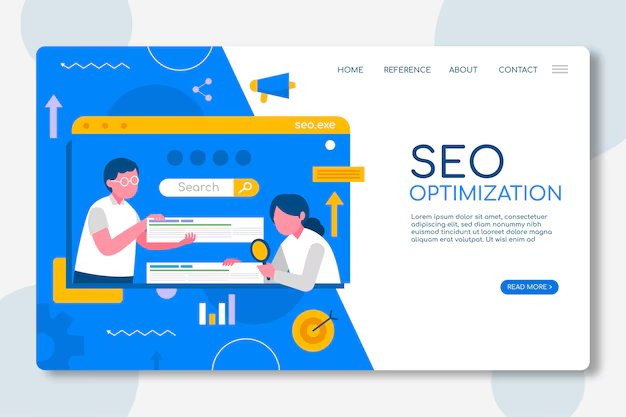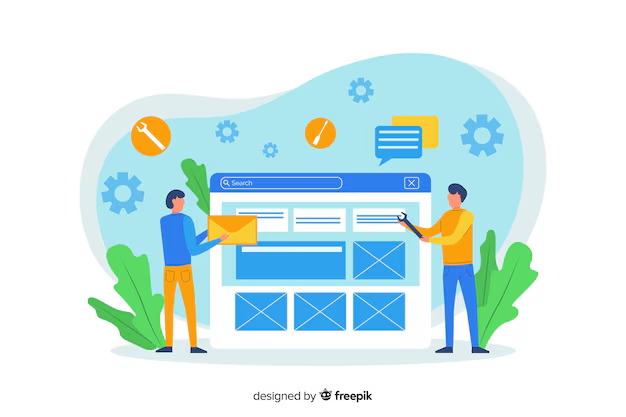Starting a blog is an exciting journey, whether you want to share your thoughts, promote your business, or build a platform for your creative work. WordPress, as one of the most popular content management systems (CMS), makes it easy for anyone to create and manage a blog. In this ultimate guide, we'll walk you through everything you need to know to start your own blog on WordPress, from choosing a domain name to optimizing your content for search engines. Let’s dive in!
Why Choose WordPress for Your Blog?
WordPress is the go-to platform for bloggers worldwide, powering over 40% of all websites on the internet. Here’s why it’s a great choice for starting a blog:
- User-Friendly Interface: WordPress is easy to use, even for beginners with no coding experience.
- Customizable Themes: Choose from thousands of free and premium themes to create a unique look for your blog.
- SEO-Friendly: WordPress offers numerous plugins and tools to help you optimize your content for search engines.
- Scalability: As your blog grows, WordPress can scale with your needs, allowing you to add new features and functionality over time.
- Community Support: With a vast community of developers and users, you can find answers to almost any question related to WordPress.
Step 1: Choose a Domain Name and Hosting
The first step in starting a WordPress blog is selecting a domain name and a hosting provider. Your domain name is your blog’s web address (e.g., www.yourblogname.com). Choose a name that reflects your blog’s focus and is easy to remember. A reliable hosting provider ensures that your blog is always accessible and performs well. Popular hosting providers include:
- Bluehost – Officially recommended by WordPress and offers one-click WordPress installation.
- SiteGround – Known for its excellent customer support and performance.
- WP Engine – A managed WordPress hosting solution for those seeking premium features.
Step 2: Install WordPress
Most hosting providers offer one-click WordPress installation, making the process quick and easy. Follow these steps to install WordPress:
- Log in to your hosting account’s control panel (cPanel).
- Find the WordPress installer under the "Website" or "Softaculous" section.
- Click on the WordPress icon and follow the prompts to complete the installation.
- Once installed, you can access your WordPress dashboard by visiting www.yourblogname.com/wp-admin.
Step 3: Choose a Theme
Your blog’s theme defines its appearance and layout. WordPress offers a wide range of themes to suit different styles and niches. To choose and install a theme, follow these steps:
- Go to your WordPress dashboard and click on Appearance > Themes.
- Click Add New to browse the WordPress theme directory.
- Use the search bar or filters to find a theme that fits your vision.
- Click Install and then Activate to apply the theme to your blog.
For a more customized design, you can also purchase premium themes from marketplaces like ThemeForest or Elegant Themes.
Step 4: Install Essential Plugins
WordPress plugins add functionality to your blog, allowing you to optimize for SEO, improve security, and more. Here are some essential plugins for every WordPress blog:
- Rank Math SEO: Helps you optimize your content for search engines.
- Akismet: Protects your blog from spam comments.
- WP Super Cache: Improves website speed by caching your pages.
- Elementor: A drag-and-drop page builder for creating custom layouts without code.
- UpdraftPlus: A backup plugin to keep your data safe.
Step 5: Create Important Pages
Before publishing your first blog post, create a few essential pages that provide valuable information to your readers. Common pages include:
- About Page: Share your story, background, and the purpose of your blog.
- Contact Page: Allow visitors to reach you through a contact form or email.
- Privacy Policy: Explain how you handle user data, especially if you plan to use analytics or ads.
- Disclaimer: Clarify your blog’s policies, especially if you earn through affiliate links.
Step 6: Write and Publish Your First Blog Post
With your blog set up, it's time to start creating content. To write your first blog post:
- Go to your WordPress dashboard and click Posts > Add New.
- Enter a compelling title that grabs the reader’s attention.
- Write your content using the WordPress block editor or a page builder like Elementor.
- Add images, videos, or other media to make your post more engaging.
- Use the Rank Math SEO plugin to optimize your post for search engines.
- Click Publish when you're ready to share your post with the world!
Step 7: Promote Your Blog
Once your blog is live, promoting it is key to attracting readers and building an audience. Here are some effective ways to promote your WordPress blog:
- Social Media: Share your blog posts on platforms like Facebook, Twitter, and Instagram.
- Email Marketing: Build a mailing list and send newsletters to keep readers updated.
- Guest Posting: Write guest posts for other blogs in your niche to drive traffic back to your site.
- SEO Optimization: Focus on optimizing your content for relevant keywords to improve your rankings on search engines like Google.
Conclusion: Start Your Blogging Journey Today!
Starting a blog on WordPress is a rewarding experience that allows you to share your passion with the world. With the right tools and a clear strategy, you can build a blog that attracts readers and grows over time. Follow this ultimate guide, and you’ll be well on your way to creating a successful WordPress blog that makes an impact. Happy blogging!






